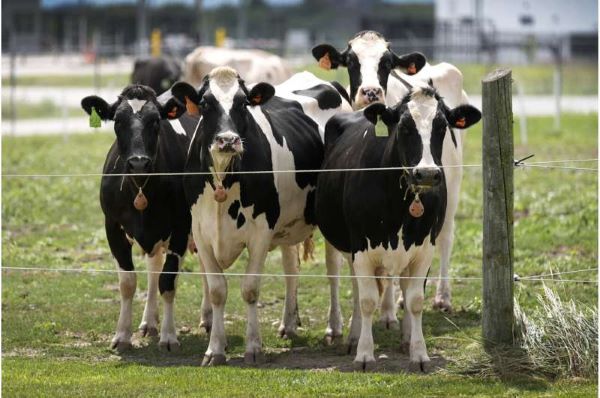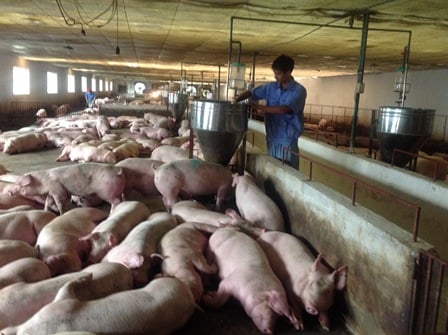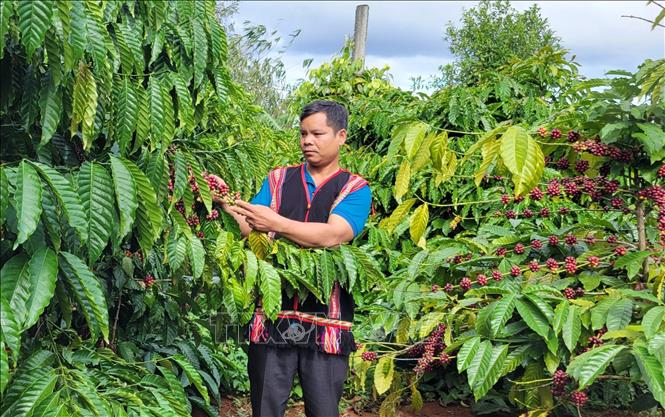The discovery shows that strains of the H5N1 type A virus have jumped from wild birds to livestock at least twice. Experts say this raises new questions about wider spread and complicates the control of infectious diseases in animals and people who work closely with them.
Scientists say a strain of the H5N1 avian influenza virus called B3.13 was confirmed in March 2024 after entering cattle in late 2023. The virus has infected more than 950 cattle herds in 16 states. The new strain, called D1.1, was detected in Nevada cattle on January 31 in milk collected from a surveillance program launched in December 2024, according to the USDA.
The D1.1 strain of the virus was linked to the first avian influenza-related death in the United States and an unidentified severe illness in Canada. A person in Louisiana died in January 2025 of severe respiratory symptoms after exposure to wild and domestic birds. In British Columbia, a woman was hospitalized for months with a virus that originated in poultry.
At least 67 people in the United States have been infected with bird flu, mostly people who work in dairy or livestock production, according to the U.S. Centers for Disease Control and Prevention.
USDA officials said they will post the genetic sequence and other information about the new strain of the virus to a public repository later this week. Scientists say that will be key to understanding whether the outbreak is a recent event or whether the virus has been circulating, perhaps widely, for a longer period of time.
It is important that federal officials share timely information about this potentially pandemic virus.
Source: https://www.mard.gov.vn/Pages/phat-hien-chung-cum-gia-cam-thu-hai-o-bo-sua-tai-hoa-ky.aspx

























































Comment (0)